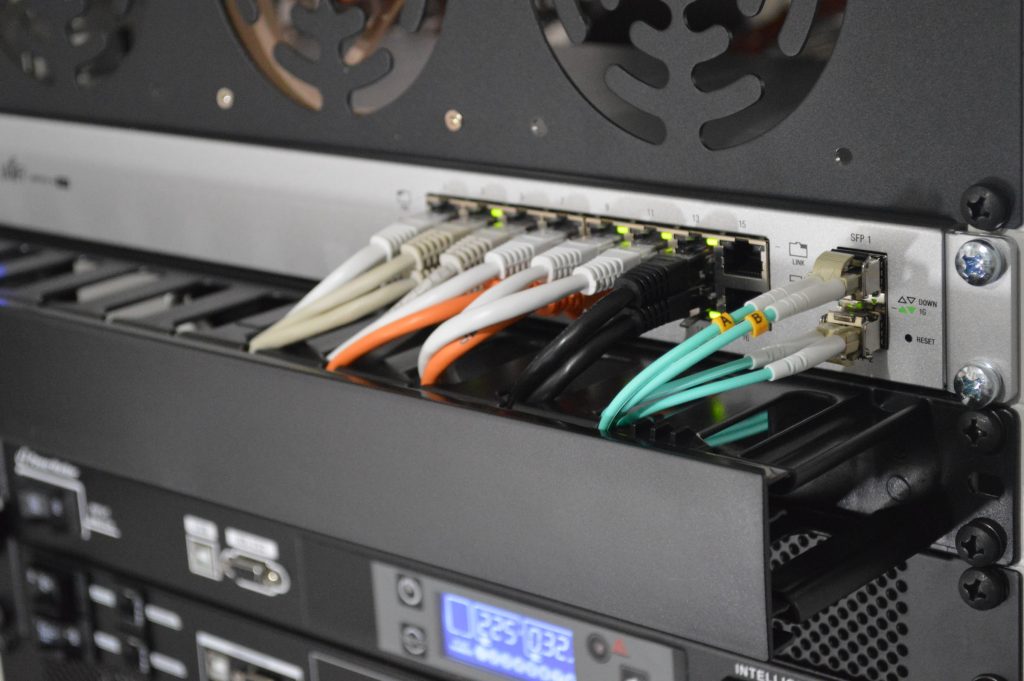Telemedicine as a concept borrows from the power of technology in order to provide medical services over long distances. With that, there is the use of computers and telecommunications in order to allow for remote consultations, diagnoses, and treatment. This cuts physical barriers between healthcare providers and patients.
This works well in a land as vast and diverse as India which historically had to grapple with various healthcare challenges. This includes limited access to healthcare, less manpower in the medical field, and the high cost of medical services so the breakthrough of telemedicine in India has provided a solution. This works well, especially for patients living in rural areas of India where the barriers can present themselves immensely.
Understanding Telemedicine
Contents
Telemedicine refers to the practice of providing healthcare services using electronic communication and software. There are specific components to making telemedicine possible which are the healthcare professionals, the patient, telecommunication technology, and the patient health record system. The medical profession will use telecommunication technology to connect with their patients and then review their available health records which will enable remote care.

Three types of telemedicine exist which are Store-and-Forward, Remote Patient Monitoring, and Real-time Interactive Services. Store-and-Forward will allow the healthcare provider to share patient information with a physician at another lab whereas Remote Patient Monitoring allows home-bound patients to share their health data with their physicians. Finally, Real-time Interactive Services provide real-time interactions between a physician and a patient.

Healthcare delivery is changing, and telemedicine is essential to this. In isolated locations, it guarantees timely health check-ups, lowers the expense of healthcare, and makes healthcare easily accessible. Furthermore, telemedicine allows people to consult with medical specialists from the comfort of their homes.
The Growth of Telemedicine in India
India has been greatly impacted by the beneficial effects of technology as it improves every aspect of Indian life including the healthcare system. With that, telemedicine is able to be used due to innovations in mobile health technologies, health-oriented wearables, and cloud-based data management systems. On top of that, there are an increasing amount of apps that encourage patients to embrace telemedicine actively.

The Indian government has shown exceptional commitment to telemedicine development. The Ministry of Health and Family Welfare oversees several government-run initiatives, such as eSanjeevani, a telemedicine service that enables users to have online consultations with doctors from the comfort of their own homes. To further improve telemedicine regulation, the government has also taken the initiative in creating regulations.

India’s telemedicine industry is greatly supported by the commercial sector as well. In order to provide equipment and cloud-based technology for telemedicine services, a number of private enterprises have made significant investments in telemedicine. A greater national acceptance and acknowledgement of telemedicine services have been sparked by these initiatives.
Impact of Telemedicine in India
In India, telemedicine has helped India substantially by bringing medical services to more Indian families. Since a good majority of Indians live in rural areas of India, this service has bridged the gap even further for medical accessibility. This way the gap between urban and rural areas in India will be decreased more.

Telemedicine also helps India reduce the cost of healthcare services as it eliminates one factor of providing; the transportation cost. With that, it also reduced hospital admissions and hospital stays while also saving on expenses associated with hospital care. This makes it more affordable for a lot of Indian families who usually don’t have a lot of money to afford things.
Furthermore, telemedicine will guarantee the reduction of time for the delivery of medical treatments. This will help Indians in more remote locations especially if they have a more life-threatening condition.
Challenges of Telemedicine in India
Even with all of these advancements, India still has a number of issues. To begin with, even though the concept of telemedicine is a great one the majority of India lacks the technological infrastructure in order to effectively utilise this technology. On top of that, there is also the lack of proper healthcare facilities as well which may hinder effective treatment.

Legal and regulatory challenges related to telemedicine persist in many regions of India. In certain circumstances, telemedicine’s legal status is unclear, which causes certain healthcare practitioners to object. Nonetheless, the government is tackling this issue by developing guidelines for telemedicine practice known as the Telemedicine Practise Guidelines.
Another hindrance is the lack of awareness and acceptance as there is limited information and education which requires more awareness campaigns to inform the populace about it. Furthermore, since telemedicine is a newer development, there is still a lot of scepticism expressed by the Indian people.
Future Directions for Telemedicine in India
India’s healthcare sector could undergo a significant transformation thanks to telemedicine. More creative solutions are probably going to emerge as technology keeps developing, which will help telemedicine even more. Additionally, telemedicine will become more and more popular as more people continue to adopt technology.

Investor interest in telemedicine has grown, and more funds are being devoted to telemedicine infrastructure and technologies. The investment sectors cover anything from remote monitoring systems to mobile health applications. This inflow of capital is probably going to fuel telemedicine’s expansion in India.
Policies that encourage and facilitate the growth and application of telemedicine are vital. A few of these tactics include encouraging private-public collaborations in telemedicine, enhancing legal and regulatory frameworks, and integrating telemedicine into medical education and training.

The rise of India’s telemedicine scene presents a comprehensive solution to the healthcare difficulties that India faces. It has increased accessibility for Indians all across the country and if the challenges can be addressed, more Indians can access the healthcare system with further ease.

